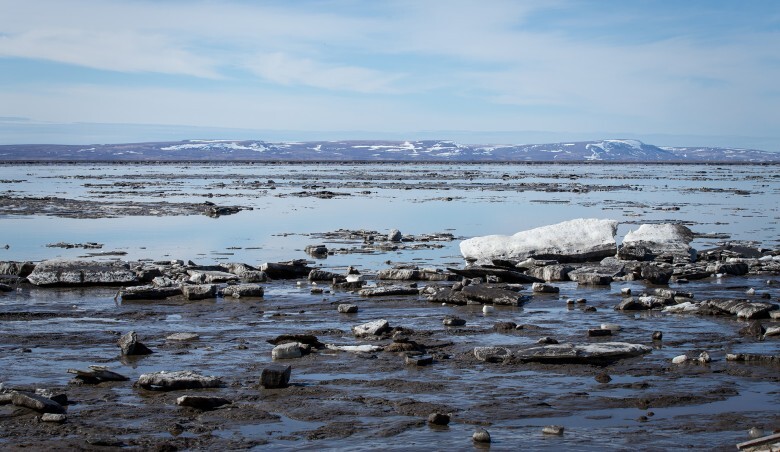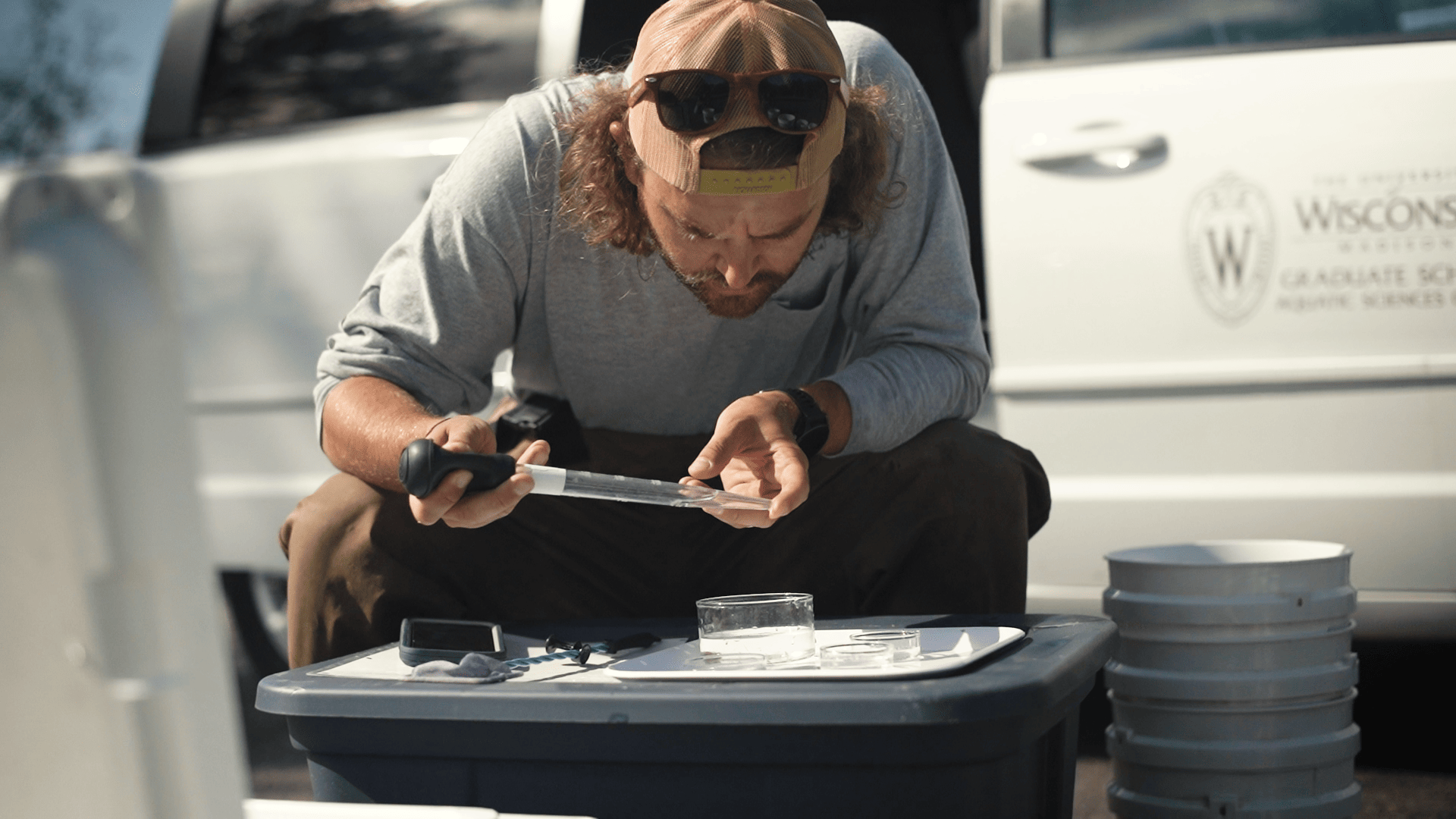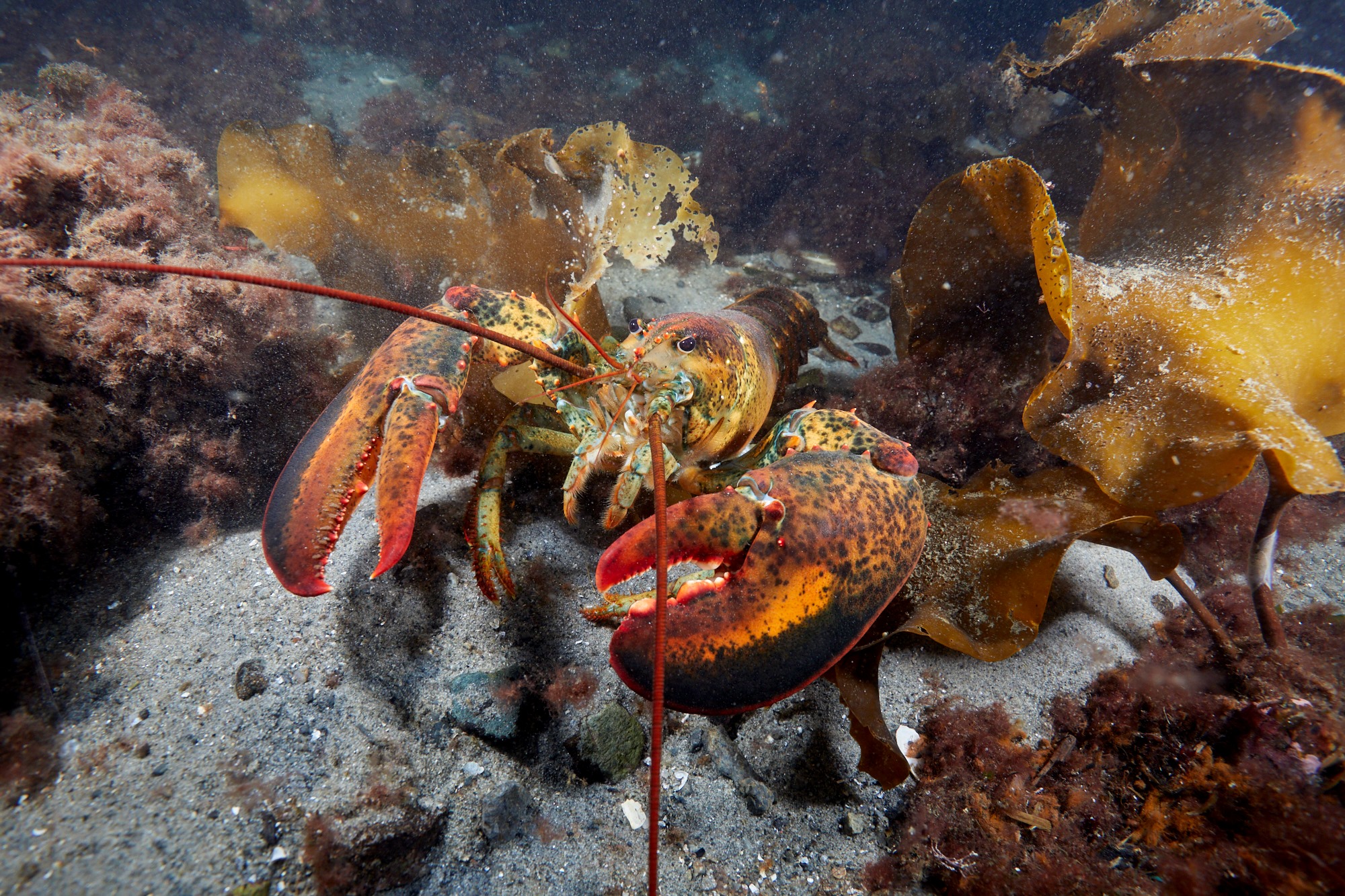During Capitol Hill Ocean Week (CHOW) 2019, Sea Grant and the Women’s Aquatic Network collaborated to host a brown bag lunch session on Increasing Diversity, Equity and Inclusion in the Coastal, Marine and Ocean Science Workforce. Four panelists, including those from government and non-government sectors, offered inspiring, specific and candid remarks during the packed session, which had standing room only.
The session was kicked off by RMDL Timothy Gallaudet, NOAA’s Deputy Administrator and the Assistant Secretary of Commerce for Oceans and Atmosphere, who shared a personal story and underscored the importance of diversity, equity and inclusion in NOAA. He added, “a diverse team is a better team.”
Lisa Rom, Program Director for the Division of Ocean Sciences and the Office of Polar Programs at the National Science Foundation (NSF), launched the discussion by sharing two workforce related trends that are documented by the National Center for Science Engineering Statistics (NCSECS) in their annual report on women, minorities and people with disabilities in science and engineering (NSF, 2019). Women are a large part of the U.S. workforce (the percentage of women is over 40%), however this trend is not reflected in the hiring of the academic faculty in the U.S. The second trend was the lack of diversity in the ocean sciences. Rom cited some facts from a paper published in Nature Geoscience last year (Bernard and Cooperdock, 2018) that illustrates the lack of ethnic and racial diversity in the geosciences, and in particular, ocean and atmospheric sciences.
“The science and environmental workforces are doing okay on women. White women. They’re not doing as well with people of color,” commented Whitney Tome, Executive Director of Green 2.0 and session panelist. Tome further added that 60% of the U.S. workforce is composed of white women. People of color form only 12-16% of the workforce of the mainstream environmental movement, even though 48% of the U.S. workforce is non-white.” Tome emphasized the need for investment of time and financial resources to address diversity, equity and inclusion in the coastal and ocean science workforce.
Identify and Breakdown Barriers Before Career Choices Are Made
Tiffany Crawford, session panelist and Environmental Scientist for the EPA’s Office of Water, described the technological trends that are shaping the workforce of the U.S. and outlined various barriers individuals face when trying to pursue a coastal or marine science career. “Financial barriers may exist.” She followed with, “Pay your interns!” which got an enthusiastic round of applause.
Crawford reflected on barriers, including family, cultural and financial, that may prevent women, minorities and people with disabilities from fully participating in the workforce. “People need to be told it’s OK to pursue this [marine science] career. It helps to have someone in your personal life who is in a career you may want to pursue.”
Trystan Sill, Manager for the Work2Live WELL program at Maryland Department of Natural Resources, continued the conversation commenting that “children need to have early experiences in coastal and marine areas that are safe, and expose them to the possibilities. Efforts to increase diversity, equity and inclusion can’t just happen in the workplace or in graduate schools. It has to happen from young kids all the way through.”
Diversity in the Workplace Must Be Intentional, Cultural
The panelists discussed many challenges and opportunities with shifting practices and culture in professional settings. “As the saying goes, ‘culture eats strategy for breakfast.’ Increasing diversity begins with assessing, and then changing, culture,” commented Tome.
The panelists described specific opportunities and actions individuals and organizations can take to increase diversity, equity and inclusion in the workplace.
Rom emphasized the importance of setting diversity, equity and inclusion -focused goals and measuring where an institution or a program is now compared to where it envisions to go. “If you don’t,” she says, “you will never get to where you want to be.”
“Define why DEI matters to your organization. Audit your recruiting, hiring, promotion, retention, and mentoring practices,” added Tome.
All the panelists described the importance of mentorship. Often, women and underrepresented minorities are the first ones and the only ones pursuing an education and career in ocean sciences. Being the “only one” can be burdensome and challenging. “People need someone they can ask, ‘what was it like? How did you do it?’” added Crawford.
She continued, stating “We need to get to a point where it’s not a surprise to see someone like me, a woman of color, walk into an executive level meeting.”
When it Comes to Diversity, Get Specific and Have the Conversation
The panelists also emphasized the need to be specific when talking about diversity, whether it’s gender, racial, or any other type.
“Regarding gender minorities, don’t be afraid to have simple conversations that bring awareness to people. When we have them, we realize most people are open to cultural shifts that create a more inclusive environment,” added Sill.
In her closing remarks, Crawford stated, “We need to get to a point where it’s not a surprise to see someone like me, a woman of color, walk into an executive level meeting.”
Reaction to the Panel Discussion
“Wow, what a great session. This conversation needed to happen, and it needs to happen again and again,” commented a participant following the session. More on Twitter from @WomensAquaticDC and #CHOW2019.
So thrilled to see @WashingtonWAN and #CHOW2019 diving into what an #equitable #water future looks like: ALL of us. Co-creating real solutions for our #oceans and #climate demands we’re all there. #OneWater https://t.co/DZHh3UdFXq
— Katy Lackey (@1WaterKat) June 5, 2019
Overflowing room #chow2019 for discussion on increasing diversity equity and inclusion in the marine, coastal, and ocean workforce #diversegreen #diverseblue @wjtome #capitolhilloceanweek pic.twitter.com/OIRKwsam0s
— Amanda Stanley (@AmandaConsSci) June 4, 2019
It Takes a Team!
Many thanks to the panelists who volunteered their time and expertise as well as our engaging moderator, Jack Oliver. Thank you to Coastal States Organization and the National Parks Conservation Association for co-sponsoring the event with Sea Grant and the Women’s Aquatic Network. Thanks to the National Marine Sanctuary Foundation, the organizers of Capitol Hill Ocean Week, for providing a space for this conversation in their program. And lastly, thank you to the individuals who participated in the conversation.
Sea Grant’s Commitment to DEI
Increasing diversity, equity and inclusion is a cross-cutting principle for all of Sea Grant’s work. A 10-year vision and priorities for achieving the vision are outlined in a document written by the Sea Grant DEI community of practice in 2018 titled, “Reaching Outward and Looking Inward Building Sea Grant Resilience from the lens of Diversity, Equity, and Inclusion.”
Panelists:
- Tiffany Crawford, Environmental Scientist for the Office of Water, U.S. Environmental Protection Agency
- Lisa Rom, Program Director for the Division of Ocean Sciences and the Office of Polar Programs, National Science Foundation.
- Trystan Sill, Program Manager for Work2Live WELL, Maryland Department of Natural Resources. Owner of Hilltop Life, LLC & Certified Life Coach.
- Whitney Tome, Executive Director of Green 2.0. Principal at The Raben Group.
References
National Science Foundation. (2019). Women, minorities, and persons with disabilities in science and engineering. Special Report NSF 19-304. https://ncses.nsf.gov/pubs/nsf19304/digest Date accessed: June 6, 2019
Bernard, R. E., & Cooperdock, E. H. (2018). No progress on diversity in 40 years. Nature Geoscience, 11(5), 292-295.


